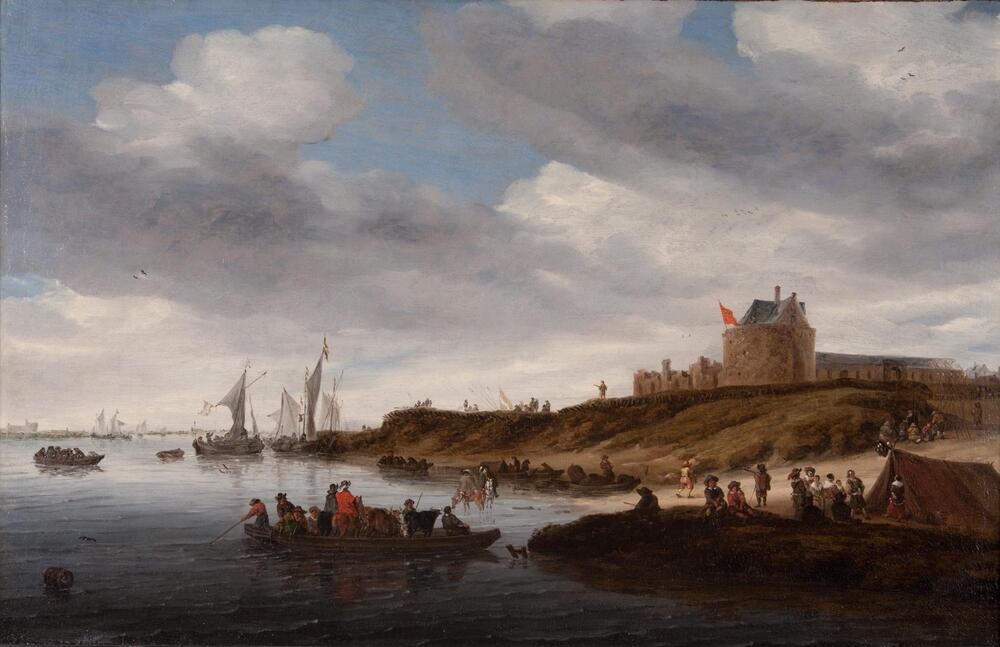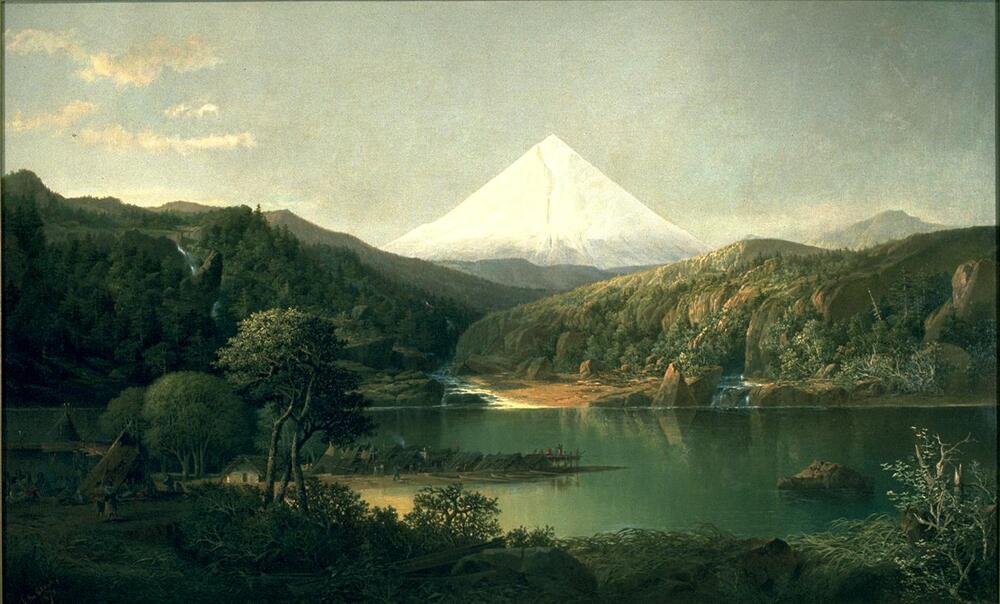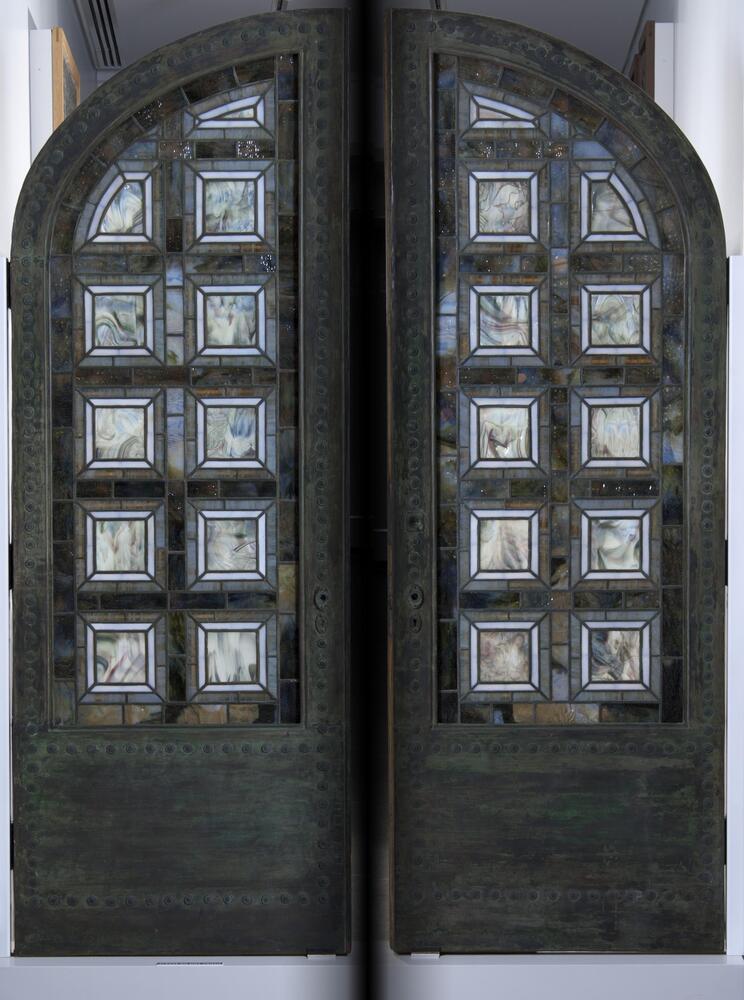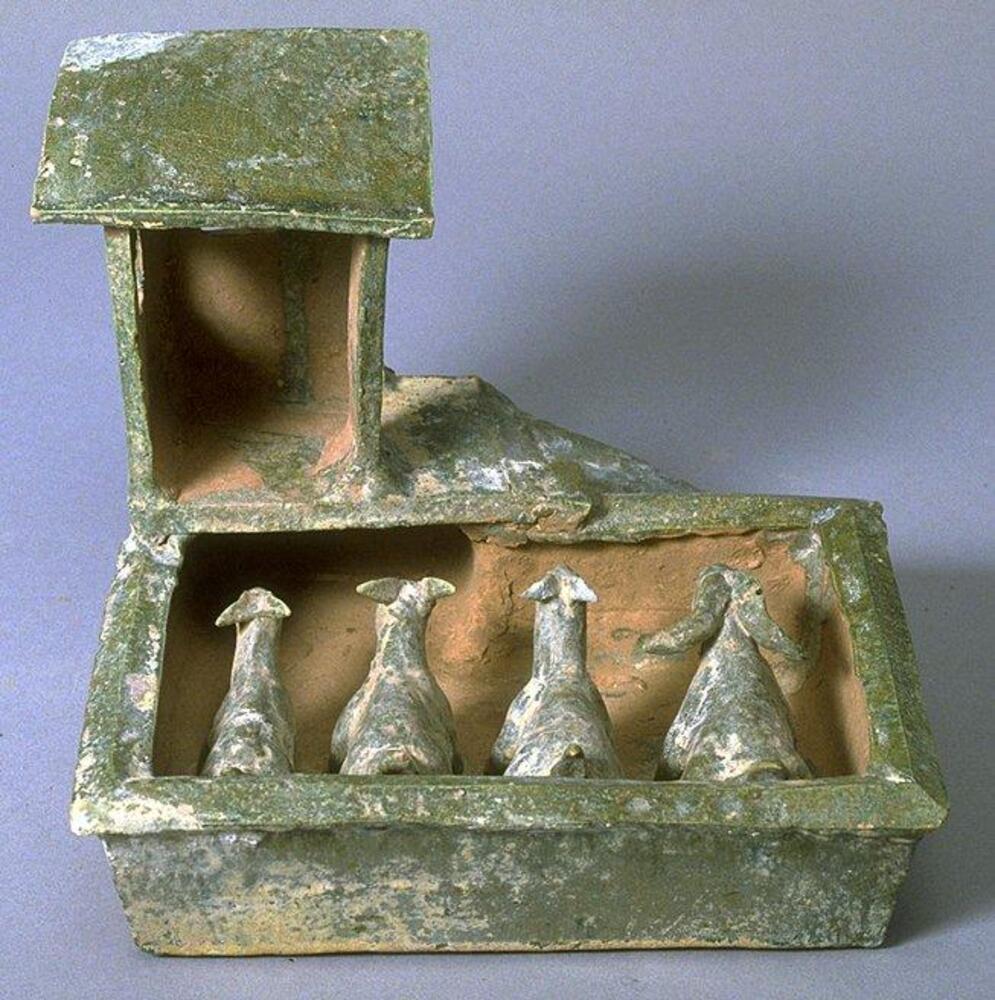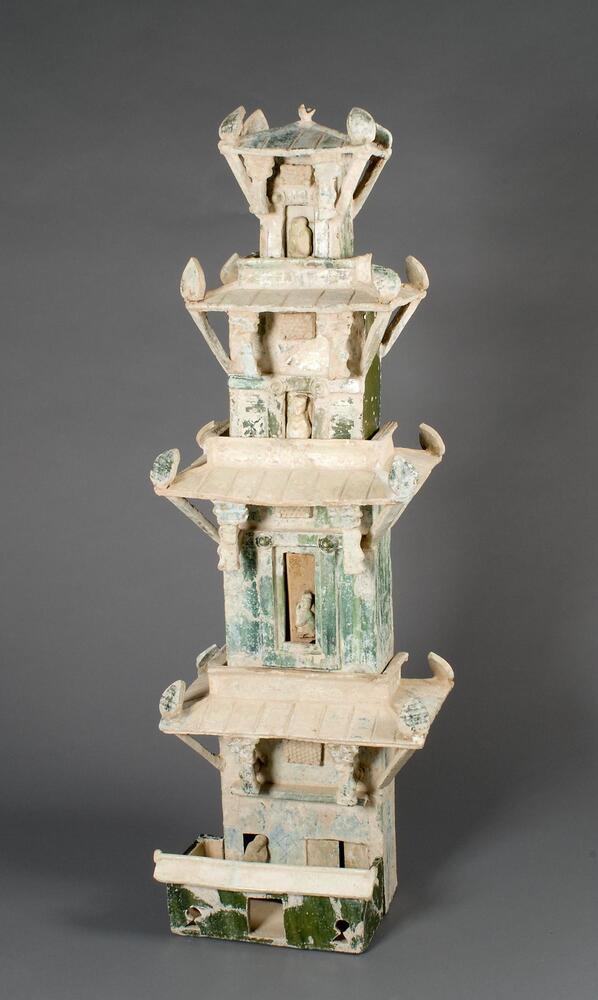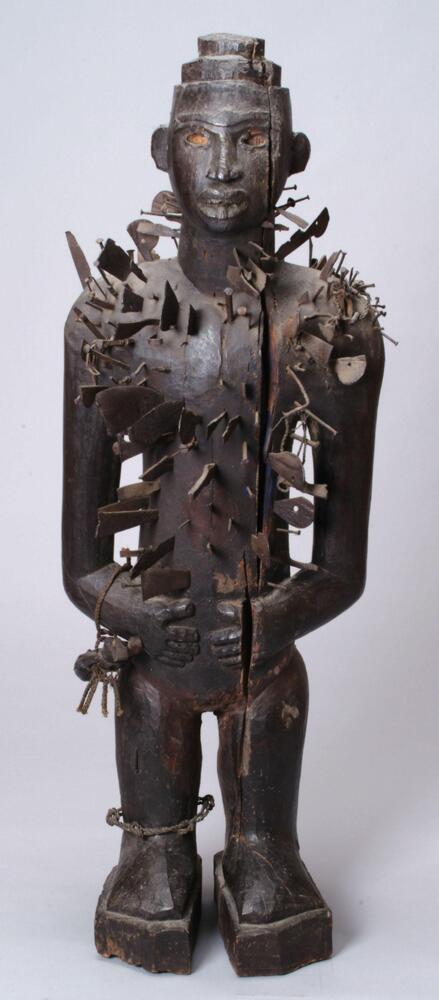Second Grade: My Community, My World
Docent Curricular Tour
Discussion: In second grade, students continue the integrative approach to social studies through the context of the local community. This the first time students are introduced to a social environment larger than their immediate surroundings and they draw upon knowledge learned in previous grades to develop more sophisticated understandings of social studies. Nearly everything in the museum is the product, and describes some aspect, of community. The stops described here can get you started but there could be many variations on this tour.
Social Studies Concepts
Use historical thinking to understand the past. Use geographic representations to acquire, process, and report information from a spatial perspective. Understand how regions are created from common physical and human characteristics. Understand how human activities help shape the Earth’s surface. Understand the effects of human-environment interactions.
Art Concepts
Compare and explore elements of art and principles of design to communicate ideas related to personal environment.
Understand, analyze, and describe the arts in their historical, social, and cultural contexts.
Engagement Strategies:
What is it like living in Michigan? What is the weather like and how does it influence the way you live (clothes you wear, games you can play, food you eat)? Do you live inside the city or in a smaller neighborhood? How does that influence your life? [walk to school vs. bus; walk to store vs. car; find friends next door and play outside or find friends in the apartment above you and go to Y/school playground?]
Today we will look at different communities and see how their natural and built community influenced/es their lives.
Stop 1: Salomon van Ruysdael, View of the Fortifications at Gennep on the Maas River
Soc Studies Concept: Communities have different geographic features. Art Concept: artists make art to commemorate important events in the life of a community.
Talking Points:
· What do you see? [talk about the landscape, how important the water is, even the cows get moved over the water on boats. Low horizon line reflects the sea-level geography. Ask if anyone has heard of Holland/the Netherlands. Discuss location briefly…Northern Europe]
· What is it the people in the picture are doing? [boating, dancing] why do people dance? [for fun and celebration. In this case it is celebration of a victory that kept their community under local rule]
· What kind of building is this? [fortification. Does Ann Arbor have fortifications?]
· What makes a community work? [natural resources, military protection]
Stop 2: Stanley, Mount Hood
Social Studies Concept: What are natural resources?
Talking Points:
· What do you think the Northwestern Indians lives were like in the 19th century when this was painted?
· What do you see in this painting that people could use to make homes, to eat, to trade, to make clothes? These are natural resources.
· Let’s look more closely at the native American community here on the left. Can you see how they use the resources? [lots of water for drinking, compare Tipi, for living, with small wooden structures for smoking fish].
· What do you think the weather is like? How would someone prepare for winter?
Stop 3: Tiffany Doors
Social studies concept: communities can be urban, rural, suburban. Art concept: urban centers (locations of large businesses, government, etc) often include resources needed to create fancy, expensive homes and art.
Talking Points:
· Tell me what you know of New York City. What kind of community is it? How is it different from Ann Arbor?
· Where do people live in NY?
· Some people live in small apartments in big buildings, some live in fancy houses or apartments. These doors are from a very fancy house in NY.
· Mr. Havemeyer was very successful in business and hired a famous artist to decorate his house.
· Mr Tiffany was a famous glass maker and developed new techniques for glass production. Famous for ‘favrile’ glass—show examples.
Ann Arbor is a smaller community. No house had so much Tiffany glass in it but several Tiffany windows exist: Kelsey Museum, Architecture firm at State and Huron (formerly a church) and… 2 more(?)
Stop 4: Chinese Guard Tower and Goat Pen
Social Studies Concept: communities can be urban, rural, suburban.
Art Concept: a community needs specially trained people to make art. [compare Tiffany… expensive urban community supports luxury art; rural community but of advanced society has sculptures who know how to work clay and glaze]Talking Points:
· Look at this tall tower and box over here with animals in it.
· The tower is called a watchtower. What do you think the guys standing at the top were watching for? [compare military fortifications at Gennep]
· The box is a goat pen. Where would you live if you kept goats? Probably the country. Animals are an important resource. What can you get from goats that would make your life better? [milk, meat, hair … come goats have soft fur that can be spun into wool]
Stop 5: Holzer
Social Studies concept: communities can be urban, rural, suburban.
Art Concept: subject matter of the work of art influenced by the place and time of production, technology available.
Talking points:
· Communities change as technology changes. This looks like signs that you might see in a big city. LED lights require electricity, an important energy source that comes from water, air, coal, and oil resources.
What do the words say? Kind of funny collection of advice. Compare the Nkisi: community norms negotiated between people. Urbanites can communicate norms, advice, advertising, via signs.
Stop 6: Nkisi
Soc Studies concepts: A community is a place where people live, work, play, solve problems, learn to be proper members of their community. Art concept: understanding the visual arts in relation to history and culture. Art made for different purposes: decorative, utilitarian, expressive, spiritual.
Talking points:
· What is a community? Is your class a community? How do you solve problems in your class?
· This Nkisi is used to solve problems in a community. One person is in charge of it (called an Nganga). When someone has a problem, they go to the Nganga, talk about the problem and put a nail in the Nkisi to seal the contract. If two people are involved in the contract, a cord is wrapped around two nails.
· This figure would be placed in the middle of the community. Everyone would be able to see it and be reminded of the contracts they made. What do you have in your community that reminds you of how to act?
Alternative: Bovine mask, discussion of initiation and how to become a responsible member of a community. Or, Urhobo Shrine figure of important woman and mother, Nigeria. Protected and revered in a family shrine.
Part of 1 Learning Collection
<p>Docent Curricular Tour</p>
Rate this Resource
AVG: 0 | Ratings: 0
& Author Notes
Creative Commons by-nc-saLast Updated
April 25, 2017 12:05 p.m.Report
Reporting Policy
